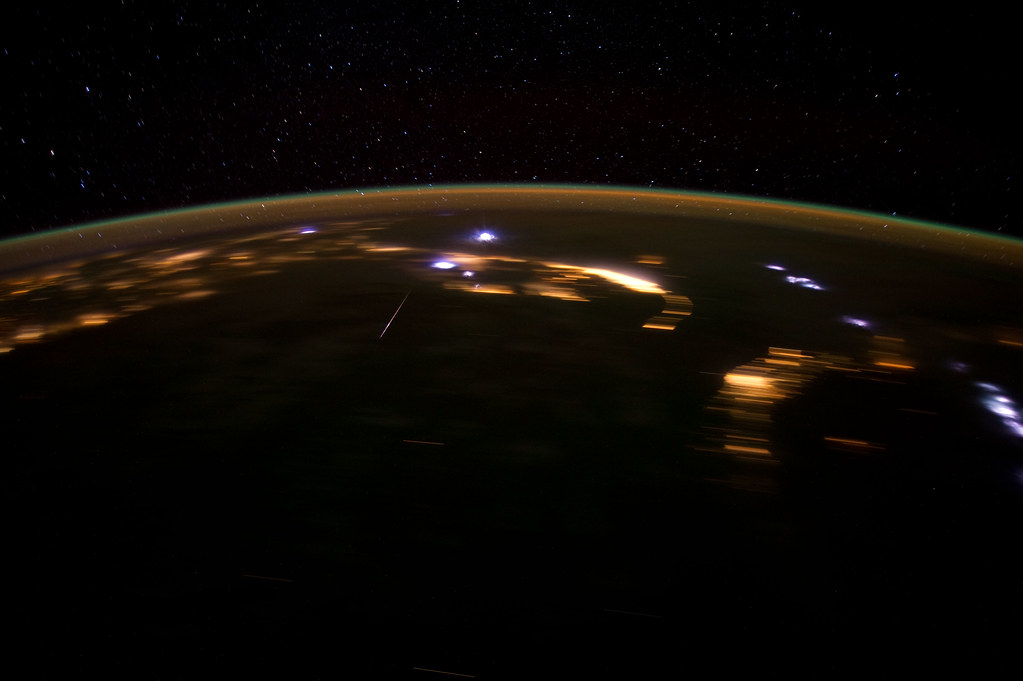
By Edgar Garcia

This past weekend, the Lyrids Meteor Shower hit its peak and showered the night sky. The Lyrids are visible every April as the Earth crosses the Comet Thatchers trail and rains down thousands of rocks into Earth’s Atmosphere.
The Lyrids’ origins lie in Comet Thatcher. Comet Thatcher returns to Earth’s every 415.5 years. Particles and debris created by the comet persist in space and the earth crosses the comet’s trail every April. The Lyrids are also known as being the world’s most recorded and documented meteor shower. The first recorded observations of this meteor shower date to ancient China circa 687 BCE.
UTRGV Senior Lecturer, Hyun-Chul Lee, spoke about how meteors enter our atmosphere.
“Along the comets orbits there are many number of small debris of comets. So when Earth crosses comets orbit, Earth is basically colliding with many number of comet debris. So one debris at a time when it collides with the Earth it becomes a shooting star, meteor. So meteor shower is like one shooting star at a time, every minute, every other minute,” Lee said.
UTRGV Assistant Professor Juan Madrid spoke about how the showers will be around for years, even after the comet ends.
“The Comet can be broken into small pieces already but the trail will still be there. The trail is kinda independent of the comet,” Madrid said. “Imagine that you’re dropping corn kernels as your driving by. The trail you leave behind you is kinda independent of your car.”
For many people, seeing the meteor shower may be a challenge or at least, something that has to be planned. UTRGV Assistant Professor Nicolas Pereyra provided recommendations for those wishing to view the astronomical event.
“So you want to see it at night and as close as you can to sunrise, so we’re talking maybe ideally 4 in the morning, give or take? You may be able to see it at midnight, or even slightly before but the best time to see it, the one where you have a greater frequency would be at ¾ in the morning,” Pereyra said.
While the peak has just passed, the meteors will be able to be seen until April 25. For more information about meteor showers and other celestial phenomena visit the Star Society Website.




Very interesting subject, appreciate it for posting. “All human beings should try to learn before they die what they are running from, and to, and why.” by James Thurber.